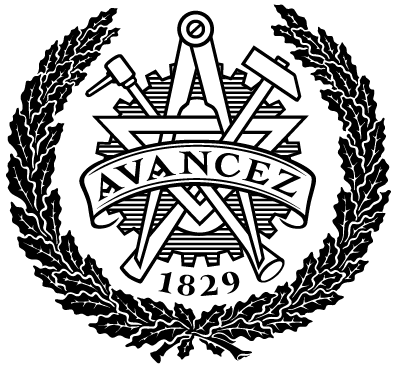Setting a course to a greener future: Life-cycle Assessment of General Cargo Ships under 5,000 GT and the regulatory compliance with the FuelEU maritime regulation
| dc.contributor.author | Segerer, Linda | |
| dc.contributor.department | Chalmers tekniska högskola / Institutionen för mekanik och maritima vetenskaper | sv |
| dc.contributor.department | Chalmers University of Technology / Department of Mechanics and Maritime Sciences | en |
| dc.contributor.examiner | Brynolf, Selma | |
| dc.contributor.supervisor | Parsmo, Rasmus | |
| dc.date.accessioned | 2024-08-23T09:51:26Z | |
| dc.date.available | 2024-08-23T09:51:26Z | |
| dc.date.issued | 2024 | |
| dc.date.submitted | ||
| dc.description.abstract | To mitigate emissions and negative environmental impacts from maritime transportation, a transition to climate-friendly fuels and propulsion systems is necessary. The FuelEU maritime regulation aims to facilitate this transition, but currently excludes ships below 5,000 GT. Additionally, there's limited understanding of the environmental impact of general cargo ships, particularly smaller vessels below 5,000 GT. This study investigates the life-cycle performance of small general cargo ships with three different propulsion systems and assesses their potential compliance with the FuelEU maritime regulation. A well-to-wake attributional life-cycle assessment of one model general cargo ship (> 5,000 GT) with three different propulsion systems is conducted. The different propulsion systems are marine gas oil (Case 1), electro-methanol (Case 2) and battery-electric (Case 3). Four phases of the ship and its fuel are considered: (1) shipbuilding phase; (2) ship operation; (3) ship maintenance and replacements and the (4) fuel life-cycle. Case 3 is excluded from the results because it was considered technically infeasible. The compliance with the FuelEU maritime regulation was assessed by estimating the minimum share of eMeOH necessary to meet the required emission reduction targets. The LCA results show that Case 2 resulted in a better life-cycle performance for most impact categories compared to Case 1. The operational and fuel production phases had the most significant life-cycle impact. Sensitivity analysis highlighted the influence of the fuel production pathway, especially the carbon intensity of electricity for producing methanol in Case 2. The analysis of the FuelEU maritime regulation showed the minimum shares of eMeOH necessary to comply with the required emission intensities, starting from 2% in 2025 to 97% in 2050. In addition, concerns were raised about missed opportunities for emissions reduction and maritime innovation by excluding ships below 5,000 GT from this regulation. The study shows that eMeOH powered general cargo ships (< 5,000 GT) have potential to reduce the life-cycle impacts associated with maritime transport and suggests adjustments to the FuelEU maritime regulation to include general cargo ships (< 5,000 GT) for more effective emission reduction. Future research should explore broader implications of excluding ship below 5,000 GT from regulations and improve data availability for general cargo ships to provide a more comprehensive understanding of their environmental impact and policy effectiveness. | |
| dc.identifier.coursecode | MMSX30 | |
| dc.identifier.uri | http://hdl.handle.net/20.500.12380/308460 | |
| dc.language.iso | eng | |
| dc.setspec.uppsok | Technology | |
| dc.subject | Life-cycle assessment | |
| dc.subject | General cargo ships | |
| dc.subject | electro-Methanol | |
| dc.subject | FuelEU maritime regulation | |
| dc.title | Setting a course to a greener future: Life-cycle Assessment of General Cargo Ships under 5,000 GT and the regulatory compliance with the FuelEU maritime regulation | |
| dc.type.degree | Examensarbete för masterexamen | sv |
| dc.type.degree | Master's Thesis | en |
| dc.type.uppsok | H | |
| local.programme | EMTSE |
